
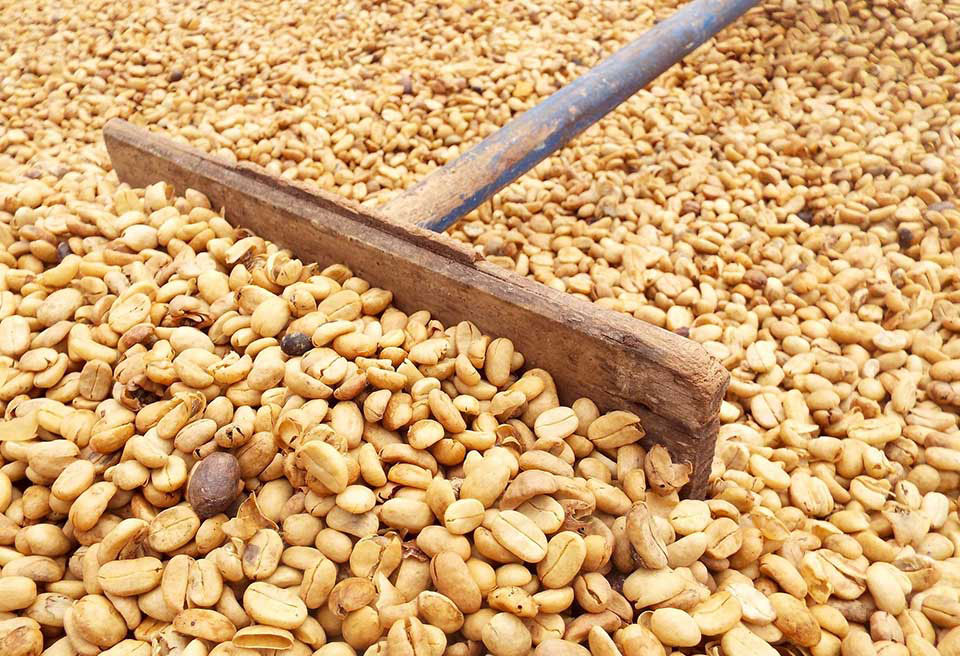
As a coffee shop owner, you’ll do anything just to serve cups of freshly brewed coffee, starting with selectively picking the green coffee beans from your regular coffee supplier to manually brewing the coffee beans. From roasted or green coffee beans, Arabica or Robusta, Indonesian green coffee beans, and even animal-poop coffee (yes, that Kopi Luwak coffee), there are endless varieties of coffee beans that are worth adding to the menu. But the coffee bean types shouldn’t be your only main concern.
In brewing a flavorful pot of coffee, remember this rule of thumb: Select only excellent-quality coffee beans. The bad-quality coffee beans aren’t worth the intense coffee flavor you’re expecting. There are a number of ways to detect coffee bean damage. Color, shape, over-roasted, and aroma, to name a few. Let’s learn more about ways to inspect the coffee beans quality for roasted coffee and green coffee beans.
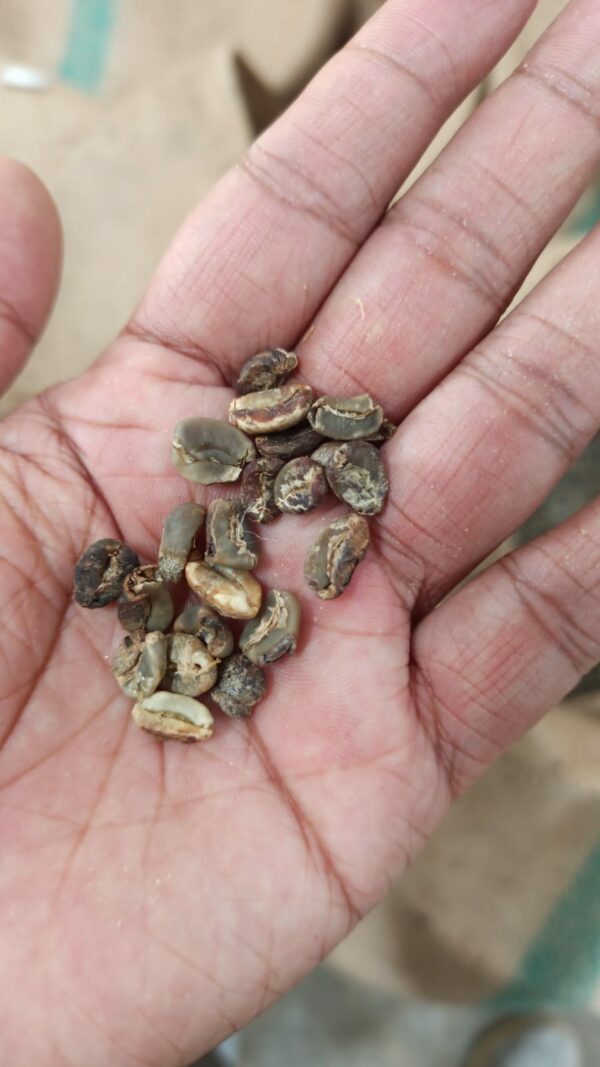
As a business owner and green coffee supplier, it’s important to store the green coffee beans appropriately to avoid disfavored damage. When it comes to proper storage of green coffee beans, place the coffee beans in an airtight storage like Grainpro bag to prevent any form of liquid and excessive humidity. Then, place the storage in a dark, dry, and cool place (20 to 25 degrees C) like the factory’s warehouses.
After storage, don’t forget to frequently examine the green coffee beans’ quality. If we talk about the fastest way to examine your green coffee beans’ quality, most manufacturers, green coffee suppliers, and business owners send their green coffee beans for laboratory testing. However, if you’re willing to dedicate a little of your time, you can initiate a quick observation by examining odd signs your green coffee beans show.
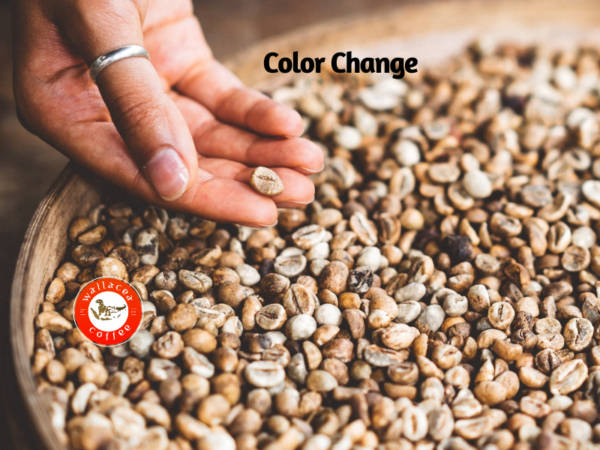
Bad-quality green coffee beans often reveals discoloration. Green coffee beans should be light green colored, just like its name. On the other hand, things might go differently with green coffee beans that have been stored for a long time. The colors can turn to be lighter or even darker.
Coffee bean discoloration begins from the lighter color tones first, like off-white or beige-colored. If that’s the case, it highly signifies the frost on your green coffee beans is caused by the low temperatures throughout the plantation process. Other than that, if your green coffee beans alter to light dark brown, that’s an indication of sour green coffee beans. It’s caused by the long time gap between the harvesting and pulping process or excessive moisture. Yellowish green coffee beans are highly possible to degrade the selling price. For this reason, don’t forget to frequently inspect your warehouse humidity before your green coffee beans turn bad!
On the flip side, if your green coffee beans turn out to be full or partially black-colored, it might be caused by fermentation, over-ripe coffee cherries, or a poor irrigation system. The full-black color signifies a primary defect, while partial-black is a secondary one. Despite its primary or secondary defects, it’s highly recommended not to roast black-colored green coffee beans for customers. The taste of these coffee beans has been impacted and turned into non-consumable coffee beans.
Some damages might occur after you receive the green coffee beans supply from your green coffee supplier. That’s why testing in bulk is necessary. There are 2 cases that turn green coffee beans non-consumable. First, when you spot white spots or powdery substances called mold. It’s highly possible that molds have dispersed to all parts of green coffee beans. That’s why scraping out the mold becomes impossible. This damage is oftentimes caused by packaging damage, which allows water and humidity to impact these green coffee beans.
Second, when you spot unhulled green coffee beans. It will easily get burned during the roasting process, which might impact the rest of the beans and cause further loss. These unhulled green coffee beans are caused by the huller machine error, which left some unhulled green coffee beans during the fast-moving motion in the coffee hulling process.
When some broken or cut coffee beans are spotted, it’s highly possible it was caused by the coffee pulping machine. The broken green coffee beans are still consumable. Although it’s not recommended to serve this to the customers since the final taste of the coffee will be mildly affected.
On the other hand, things might be different if you spot any other uncommon signs like holes or white spots. It signifies a severe issue that turns the coffee beans non-consumable. The flavor notes will be heavily impacted and even cost you health issues.
If there are some small dots in your green coffee beans, it highly indicates that insect bites are what’s behind it. Coffee bean pests like coffee berry borer or white stem borer frequently destroy the green coffee beans’ quality by reducing the coffee beans’ weight and shape. However, not all perforated green coffee beans are caused by insects. Another case, like hollow or elephant ear green coffee beans, is caused by genetic issues. Both of the cases will most likely have a moderate to heavy impact on the overall taste of your coffee.
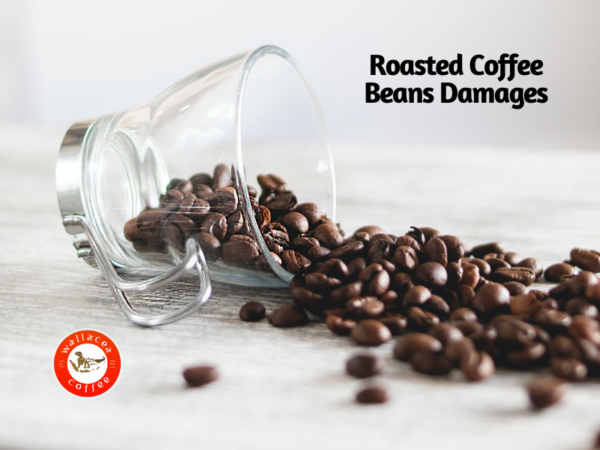
Unfortunately, it’s hard to identify the damage in roasted coffee beans. Take our Kopi Luwak coffee as an example. The color change becomes indiscernible considering the uniformity of its color. The only discoloration that is eye-catching is mold formation. After being stored in the warehouse for long periods of time, roasted coffee beans (Kopi Luwak coffee beans) might form white spots or molds. If this happens, excessive moisture in the warehouse or liquid seepage in the coffee packaging is what’s behind it. For this reason, it’s important to double-check the coffee-packaging quality and regularly maintain the warehouse circumstances. The roasted coffee (Kopi Luwak coffee beans) needs to be stored in a dark, dry, and cool place with temperatures ranging between 20 to 25 degrees C.
Frequently, the quickest way to check if the roasted coffee beans turn bad is by the expiry date on the packaging. However, not all coffee manufacturers provide this detail. When oxidation happens, the damaged roasted coffee beans’ aroma will change into stale, flat, or even burnt carbon-like. Sadly, no more pleasant coffee aroma is left in your roasted coffee beans. There are internal and external factors behind this. First, improper roasting process or low-quality packaging is highly possible to remove the aromatic compound in the roasted coffee beans. Second, if the coffee beans suddenly lose their aroma, it’s clearly caused by improper storage.
Roast defects caused by roasting temperatures are highly possible to impact the overall taste of the roasted coffee beans. Unlike any other damages, roast defects are caused by human or machine errors instead of the coffee beans’ quality itself. Sugar content is undeveloped when the roasted coffee beans are roasted below the required time and temperature. Turn the green coffee beans to reveal ‘grassy’ tasting notes. On the flip side, when coffee beans are roasted beyond the required duration and temperature, the tasting notes and flavor profile are altered to bitter chocolate and burnt bread taste.
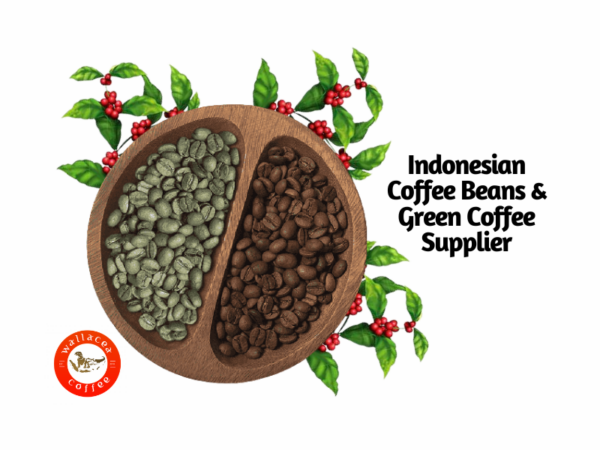
Damaged coffee beans can be an expensive mistake when you are buying coffee beans in bulk. If you want to repurchase green coffee beans or roasted coffee beans from a new coffee supplier, it is crucial to evaluate their offer before signing a sales contract. Make sure to ask for documentation of the green coffee beans, check the damage level, and examine the packaging. It is better if your coffee supplier can provide double-layer packaging (jute bags & GrainPro bags) when shipping the green coffee beans.
Roasted coffee beans might be more challenging because it is prone to quality deterioration. Hence, you need a coffee supplier that knows how to roast the green coffee beans right and pack it well. Wallacea Coffee assists their customers to find the ideal roasting level for each coffee variety and provides the proper packaging. Standing pouches or coffee bags with degassing valves are some to mention.
Enjoy exceptional product guarantees with us. Get a quote through our BYOC (Build Your Own Container) system or reach us at [email protected].


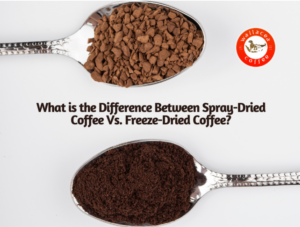


PT Jaffarindo Internasional Indonesia
Cityloft Sudirman lt 19 unit 1926 Jl. K.H. Mas Mansyur No.121, RT.13/RW.11, Karet Tengsin, Tanah Abang District, Central Jakarta City, DKI Jakarta 10220, Indonesia.


+1 (626) 202-9253 (10 a.m – 4 p.m.) (PST)
No Comments